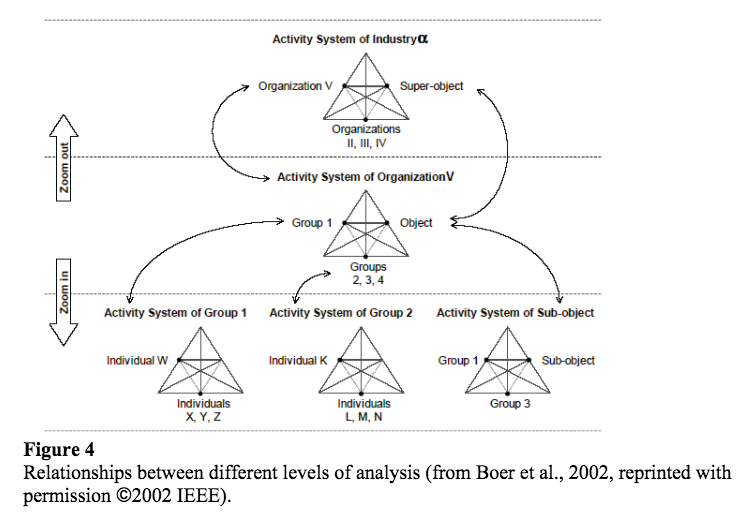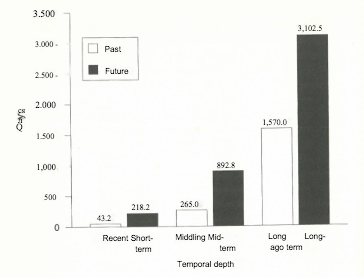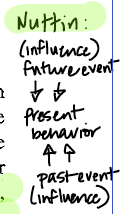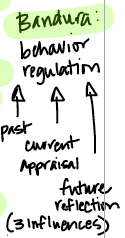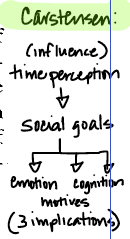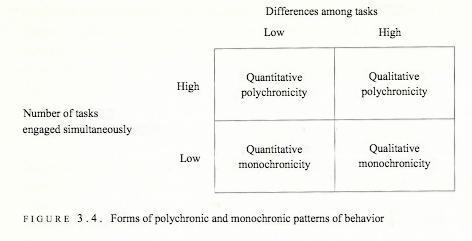A newer wave of work has stepped back from this approachand sought to explain how multiple motivational “vectors” figure in the cre-ation of common pool resources online – an approach that underscores a coreadvantage of peer production in its capacity to enable action without requir-ing translation into a system of formalized, extrinsic, carrots and sticks.
Recent studies of motivation to participate in peer production consider a broader range of decentralized incentives.
See Kraut et al (2012): http://wendynorris.com/kraut-et-al-2012-building-successful-online-communities-evidence-based-social-design/
